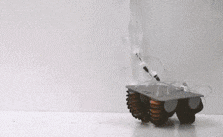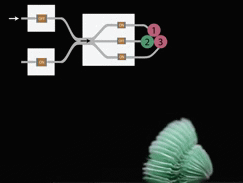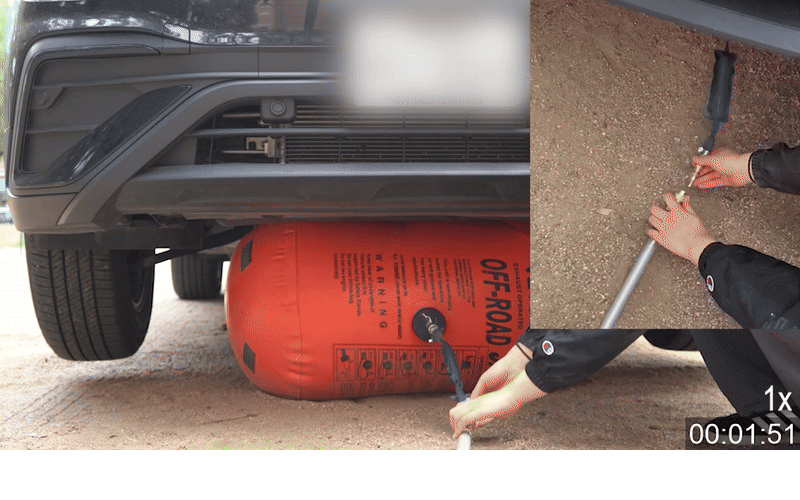
Vi T. Vo
Hi, my name is Vi (pronounced as Vee)! I am a 3rd-year Mechanical Engineering Ph.D. student advised by Prof. Tommaso Ranzani in the Morphable Biorobotics Lab at Boston University. My research focuses on soft robotic platforms for underwater locomotion, combining model-based control with bioinspired strategies to enable adaptive seabed navigation and exploration. This work has potential applications for inspection and sample collection on the ocean's threatened reefs. Previously, I conducted research under Prof. Daniel J. Preston in the PI Lab at Rice University, focusing on heat-sealable sheet-based fluidic circuitry.
Contact: vitvo[at]bu.edu | academic cv | Google Scholar | Linkedin
Selected Publications

Soft, Fiber-reinforced Bellow Actuators
Vi T. Vo, Leonardo Zamora Yañnez, Casper Muter, Anna Maria Moran, Manvi Saxena, Grace Matthews, Tommaso RanzaniIEEE RA-L, 10(2), 2025.
Stacked balloon actuators, made from heat- and pressure-bonded sheet films, are effective in soft robotics but are limited by reduced force output at low displacement heights and small retractive forces at high displacement heights. This research introduces a method for integrating fiber reinforcements to address these challenges. The advantages of this approach are demonstrated in a quadruped soft robot, showcasing improved force output, actuation speed, and the use of actuator collapsibility for shape morphing.

An Electropermanent Magnet Valve for the Onboard Control of Multi-DoF Pneumatic Soft Robots
Anna Maria Moran,* Vi T. Vo,* Kevin J. McDonald, Pranav Sultania, Eva Lagenbrunner, Jun Hong Vince Chong, Amartya Naik, Lorenzo Kinnicutt, Jingshuo Li, Tommaso Ranzani [*] equal contributions.Nature Communications Engineering, 3(1), 2024.
Fluidic soft robots typically rely on multiple input lines and rigid electronic pneumatic valves, which restrict mobility and compliance, while recent soft valve designs are limited by high energy consumption and slow response times. In this work, we present an electropermanent magnet (EPM) valve activated by microsecond electronic pulses, which can control pneumatic soft actuators with a response time of less than 1 second, enabling real-time operation of a six-DoF robot and simplifying multi-pressure system control for versatile soft robots.

Sheet-based Fluidic Diodes for Integrated Circuitry in Soft Robotics
Vi T. Vo,* Anoop Rajappan, Barclay Jumet, Marquise D. Bell, Sofia Urbina, Daniel J. PrestonAdvanced Intelligent Systems, 6(7), 2024.
This work introduces sheet-based fluidic diodes made from flexible polymers and textiles, offering a 100× diodicity ratio to prevent reverse flow across a wide range of differential pressures. These diodes enable functions such as fluid storage, Boolean operations, binary encoding, and conversion of oscillating pressures into a direct current-like output, facilitating the development of soft robotic systems with embedded fluidic circuitry.
Links: Article | Inside Front Cover | Featured News